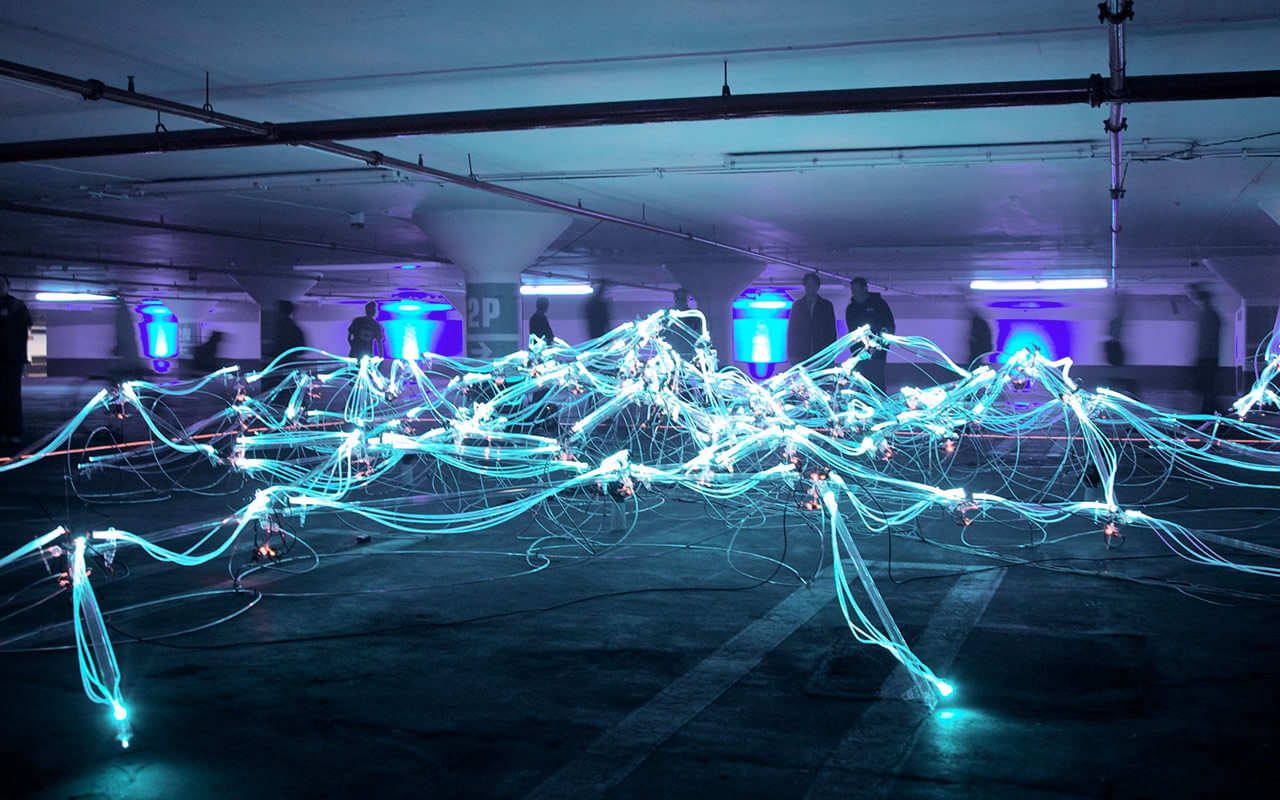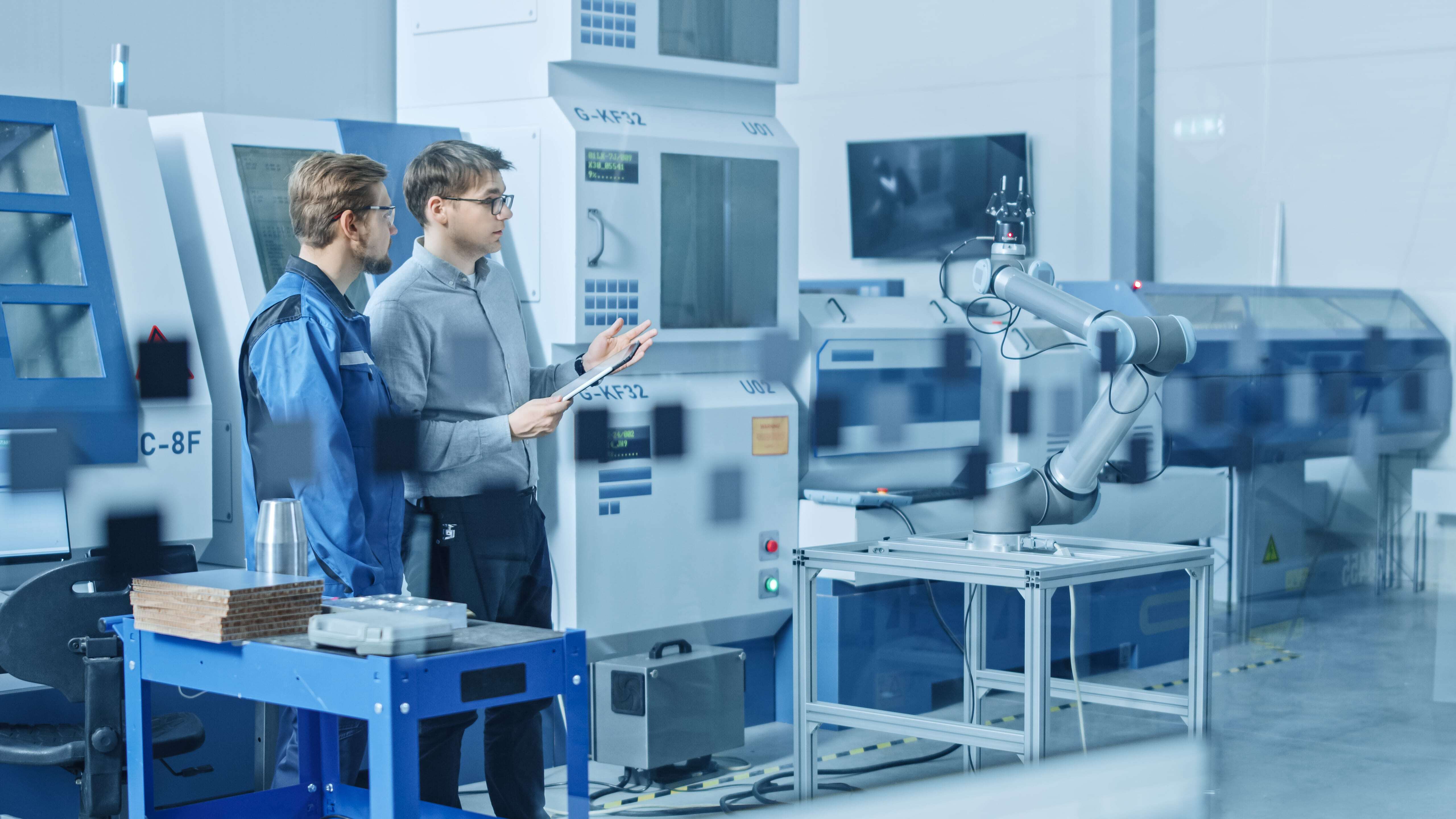19/10/2022
Smart OEE Optimization at Bottleneck Machines with NEONEX Consulting

With the help of oee.ai and NEONEX, ABUS was able to increase the OEE on bottleneck machines by a double-digit percentage.
Project description
The aim of the project with ABUS, the German manufacturer of security This was intended to increase OEE, create transparency in production and obtain important process data. Previous measures to increase OEE based on paper-based OEE management had not led to the desired results. In order to quickly collect relevant data and derive the right measures, NEONEX consultants installed a non-invasive IIOT application from NEONEX partner oee.ai and support the continuous improvement process (CIP) through regular OEE coaching. For this purpose, about 10 reasons for loss on the bottleneck machine (planned/unplanned downtime) were identified in a joint kick-off workshop with Abus. Subsequently, a sensor for measuring the output quantity and a tablet for entering the reasons for downtime by the machine operators were installed on the bottleneck machine. On the software side, the oee.ai platform was installed with the identified loss reasons and a custom Andon board with key KPIs. In the last step of the onboarding process, the awareness of the machine operators was increased through a joint workshop and the operation of the tablet was explained. After onboarding, the initial measurement to collect reference values on downtimes and reasons for downtimes took place within two weeks. Subsequently, the collected data was jointly analyzed in the weekly OEE coaching, measures for optimizing the OEE were derived and the success of the previous measures was tracked. The result for ABUS was impressive: losses were sustainably reduced to almost zero and non-productive times were significantly reduced - a significant improvement in OEE in the double-digit percentage range. The increased awareness of employees also led to shorter response times from operators and other departments and thus a reduction in Meantime to Repair (MTTR). This also resulted in greater flexibility in shift scheduling for ABUS. Communication between the direct and indirect departments was improved on the basis of the data obtained. Overall, impressive results were achieved for ABUS after a very short period of time, despite the low effort involved. "Through the data-driven optimization of our bottleneck machine, we were able to achieve not only our original goal - increasing OEE - but also other benefits. I and my team were particularly impressed by the speed at which this result was achieved!" says Daniel Theis, advertiser at ABUS.


